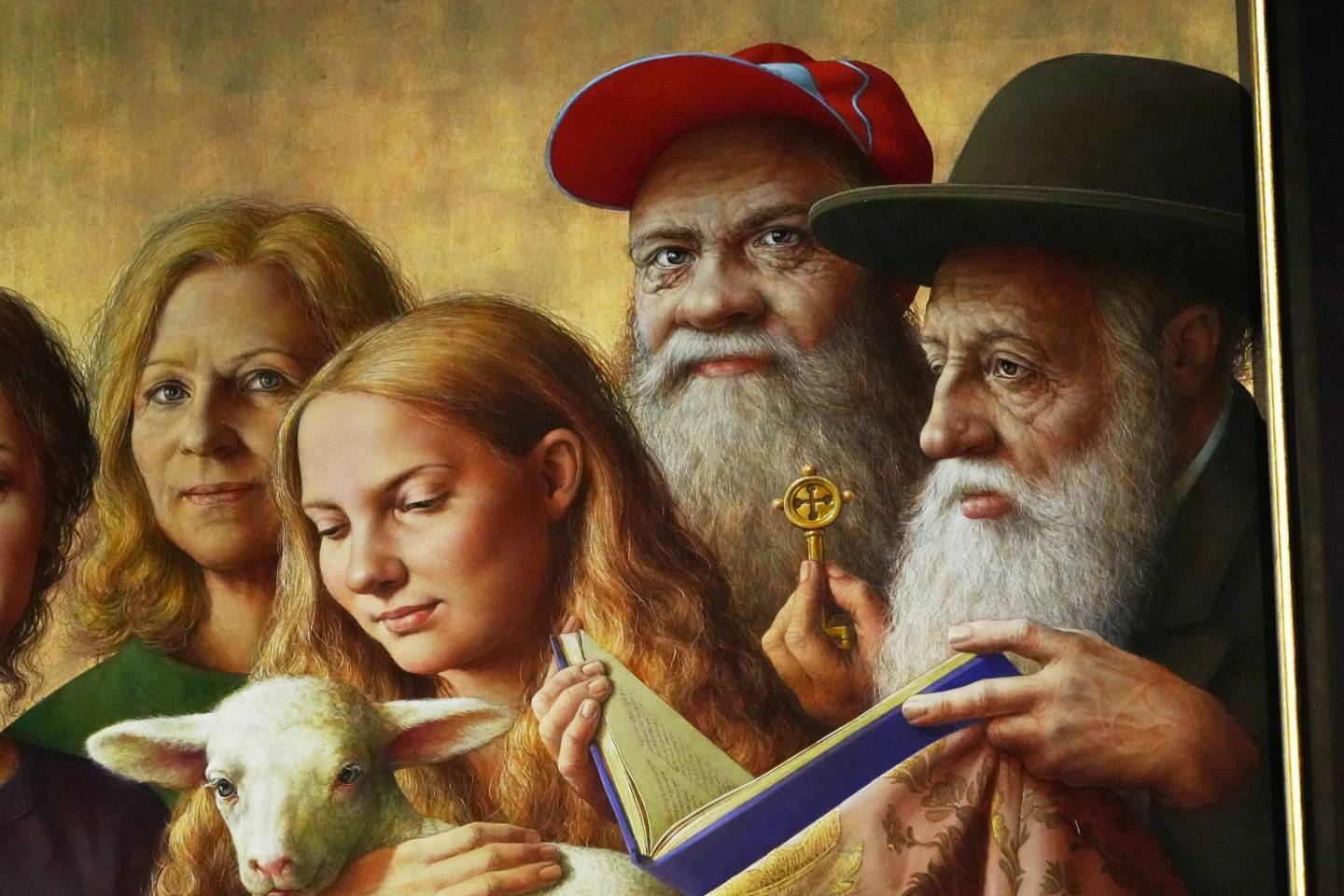Every Christian has to recognize the internal call to pray that’s placed within them at baptism. The summons to pray is real and has a pressing urgency for our relationship with God. If we want to know God and his ways, we must pray. Christians are to be a people of prayer.
The Church is always accompanying us and encouraging us. In her encouragement, the Church proposes her various prayer methods. The prayer methods are outlines or templates on ways in which we can have a conversation with the living God.
There are many prayer methods and variations of methods in the Church’s spiritual treasury. The one method that is the most connected to the Church’s public worship is called the liturgy method. The liturgy method taps into the depth of the Holy Spirit’s action during the sacred liturgy.
The Catechism of the Catholic Church teaches us: “The Eucharist is the memorial of Christ’s Passover, the making present and the sacramental offering of his unique sacrifice, in the liturgy of the Church which is his Body. In all the Eucharistic Prayers we find after the words of institution a prayer called the anamnesis or memorial.”
The Holy Spirit is re-presenting the one, historical sacrifice of the Lord Jesus on the altar during the sacred liturgy. The Holy Spirit “makes present” the sacrifice of the Lord. As the Spirit re-presents the sacrifice, the baptized are called to re-member the sacrifice. The Eucharistic Sacrifice is the memorial of the Lord, but the word memorial has to be biblically and liturgically understood in its proper context.
The Catechism explains: “In the sense of Sacred Scripture the memorial is not merely the recollection of past events but the proclamation of the mighty works wrought by God for men. In the liturgical celebration of these events, they become in a certain way present and real.”
As this understanding of memorial is applied specifically to the Eucharistic Sacrifice, the Catechism foot stomps its importance and teaches us: “In the New Testament, the memorial takes on new meaning. When the Church celebrates the Eucharist, she commemorates Christ’s Passover, and it is made present, the sacrifice Christ offered once for all on the cross remains ever present.”
The memorial of Christ is also our memorial. It is not merely a nostalgic recollection, but a true re-living of the experience. We are at Calvary with the Lord Jesus. We are there with the Blessed Mother and Saint John.
By engaging the liturgy method, either during the Mass or some time outside of the Mass, we allow ourselves to lift the veil and to attempt to experience the full reality of the Eucharistic Sacrifice. Living in space and time, the full divine action is supernatural and so invisible to our physical eyesight. By using the liturgy method, we open the eyes of our spiritual hearts and – through the use of our spiritual imagination – we let the Holy Spirit move us closer to being a part of the holy sacrifice.
The reality is always there. Our realization can oftentimes be lacking. Our minds and hearts drift and we can be in a dozen different places and so miss the call to anamnesis, to the re-membering of what the Lord has done (and is doing) for us and our salvation.
And so, being at Mass or preparing for it or attempting to extend its graces into our lives, we begin to use the liturgy method. We do not see only a priest at the altar. We begin to spiritually compose Calvary. We see the rocks and stones. We hear the shouting and mockery. We taste the dirt floating in the air. We can touch the blood-stained cross, or the torn, sacred flesh of the Lord Jesus. We can smell the dirt and mire on the Lord. We compose the scene. We allow our spiritual imagination to realize – to make the sacred event more subjectively real to us – and allow us to understand where we are and what is happening as the sacred liturgy is offered and celebrated by the Church.
The liturgy method can be a source of immense conversion and renewal. It is far too easy to get stuck in the material world and to see things only in their material expression. We can go to Mass and miss the entire re-presentation of the Lord’s Paschal Mystery because we somehow got stuck in the horizontal expression of the sublime and supernatural reality. The horizontal expression – the one that most directs us to God – is lacking and our ability to encounter God becomes diminished.
The liturgy method is needed today as we struggle to understand what the Eucharistic Sacrifice means and why it’s important to us and our journey with the Lord.
















